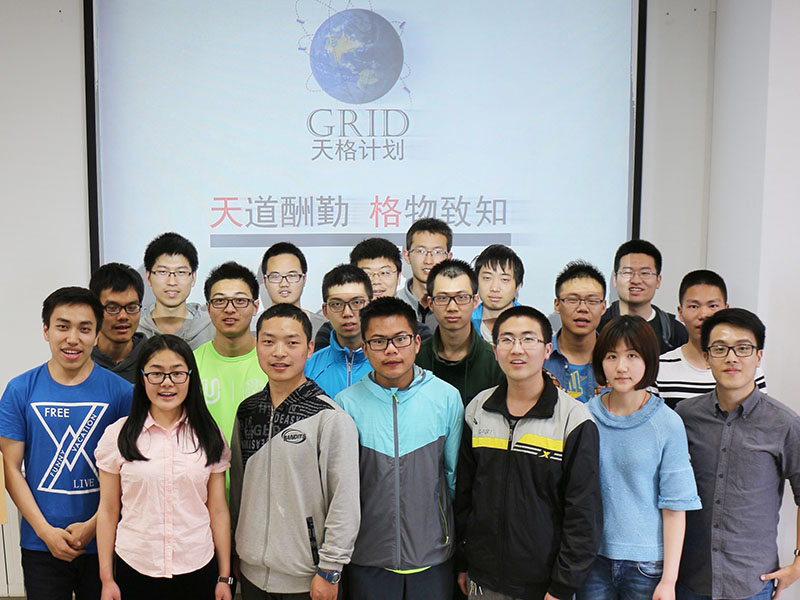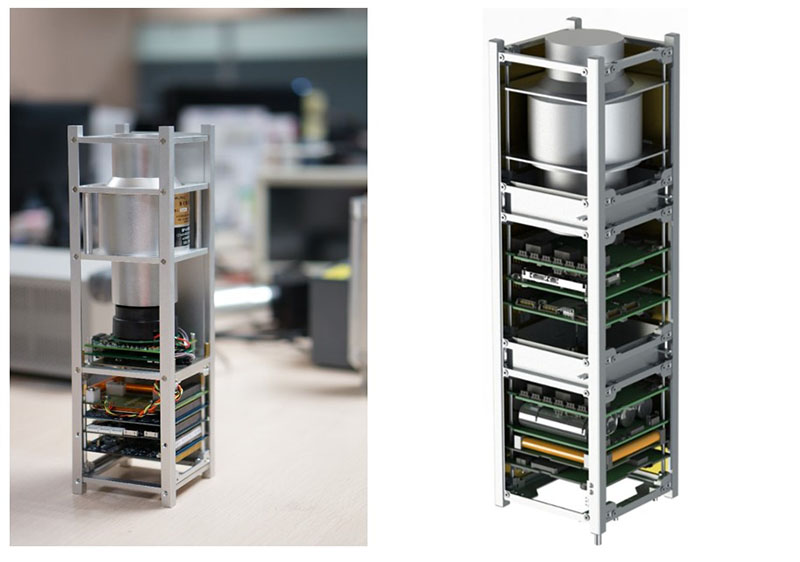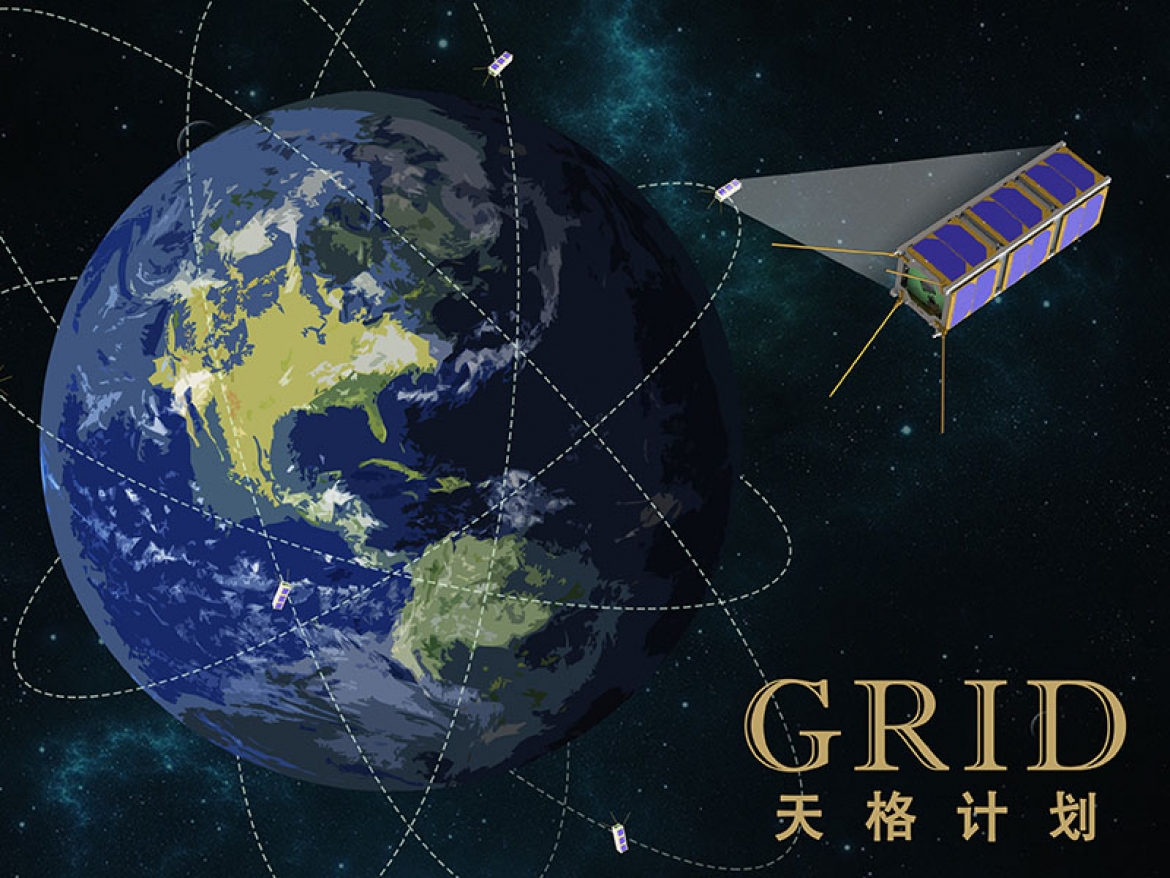THCA Students Won Top Prize of Challenge Cup
On the afternoon of April 9th, 2017, the final review of the 35th Tsinghua Challenge Cup Competition was conducted in the Fifth Teaching Building. The student project 'Spatially Distributed Detection Network for the Electromagnetic Counterparts of Gravitational Wave Bursts', aka GRID (Gamma-Ray Integrated Detectors), won the top prize. THCA students play a key role in leading and developing the project.

The GRID Team consists of more than 30 students from various departments. Wen Jiaixng, a senior undergrad student majored in engineering physics, is the team leader. Ma Sizheng (senior, physics), Yang Haoguang (junior, aerospace engineering), Yang Dongxin (junior, engineering physics) are leaders of sub-groups, taking the responsibility of the science justification, payload and satellite development, respectively. Professor Feng Hua and Mao Shude are members of the advisor team.

The GRID project was proposed following the first detection of gravitational waves with LIGO. It is believed that the gravitational waves will open a new window in astronomy. With the upgrade of the advanced LIGO, the merger of neutron stars in the local universe will soon be detectable in both gravitational and electromagnetic waves. The GRID project is designed to detect the short-duration gamma-ray bursts associated with such events, using a number of small detectors onboard nano-satellites evenly distributed in low-Earth orbits to cover the full sky. The time delays between detectors will enable us to locate the bursts and trigger optical follow-up on the ground.
Winning the Challenge Cup is not the final destination of the project. The team is seeking continued support to further develop the GRID project.



